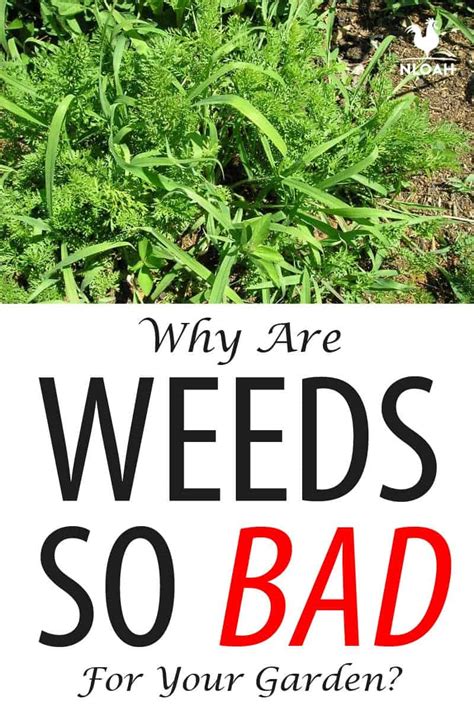Weeds in our lawns, landscapes, gardens, and pastures often signal the health of the soil. While weeds can be viewed as major pests in home lawns, detracting from the natural beauty of turfgrasses, they also offer valuable clues about the soil condition. For instance, in pastures, a variety of plants, including those classified as weeds, can provide essential nutrients to animals. However, it’s worth considering that weeds can quickly dominate a lawn, competing with turfgrasses for sunlight, soil moisture, nutrients, and space.
Effective weed control requires understanding and managing these pesky plants. Techniques like soil aeration help in making nutrients more accessible to grass roots. Hand-weeding, although labor-intensive, is a practical approach for small areas. It’s most effective after rain or thorough watering. Surprisingly, some lawn weeds, such as clover, can improve soil health by fixing nitrogen, which may reduce the need for fertilizers.

However, there is an element of uncertainty regarding the overall impact of weeds on lawns. While they can be beneficial for the lawn ecosystem by increasing plant diversity, they can also overwhelm desirable grasses. This duality necessitates a balanced approach to weed control. For instance, postemergence herbicides can be applied to newly seeded lawns, but at half the rate and only after the lawn has been mowed four times. Over-seeding post-herbicide treatment should be delayed for three to four weeks to minimize damage to new seedlings.
Controlling weeds in home gardens also requires strategic approaches. Starting with a broad-spectrum herbicide like glyphosate can be effective, especially for weedy or wild areas. Multiple applications, spaced 2 to 3 weeks apart, may be necessary for complete eradication. The challenge lies in balancing weed control with maintaining the health and diversity of the lawn ecosystem.
In conclusion, while weeds can be problematic, they also play a role in indicating soil health and contributing to biodiversity. Understanding the dual nature of weeds and employing strategic control methods can lead to healthier lawns and gardens.